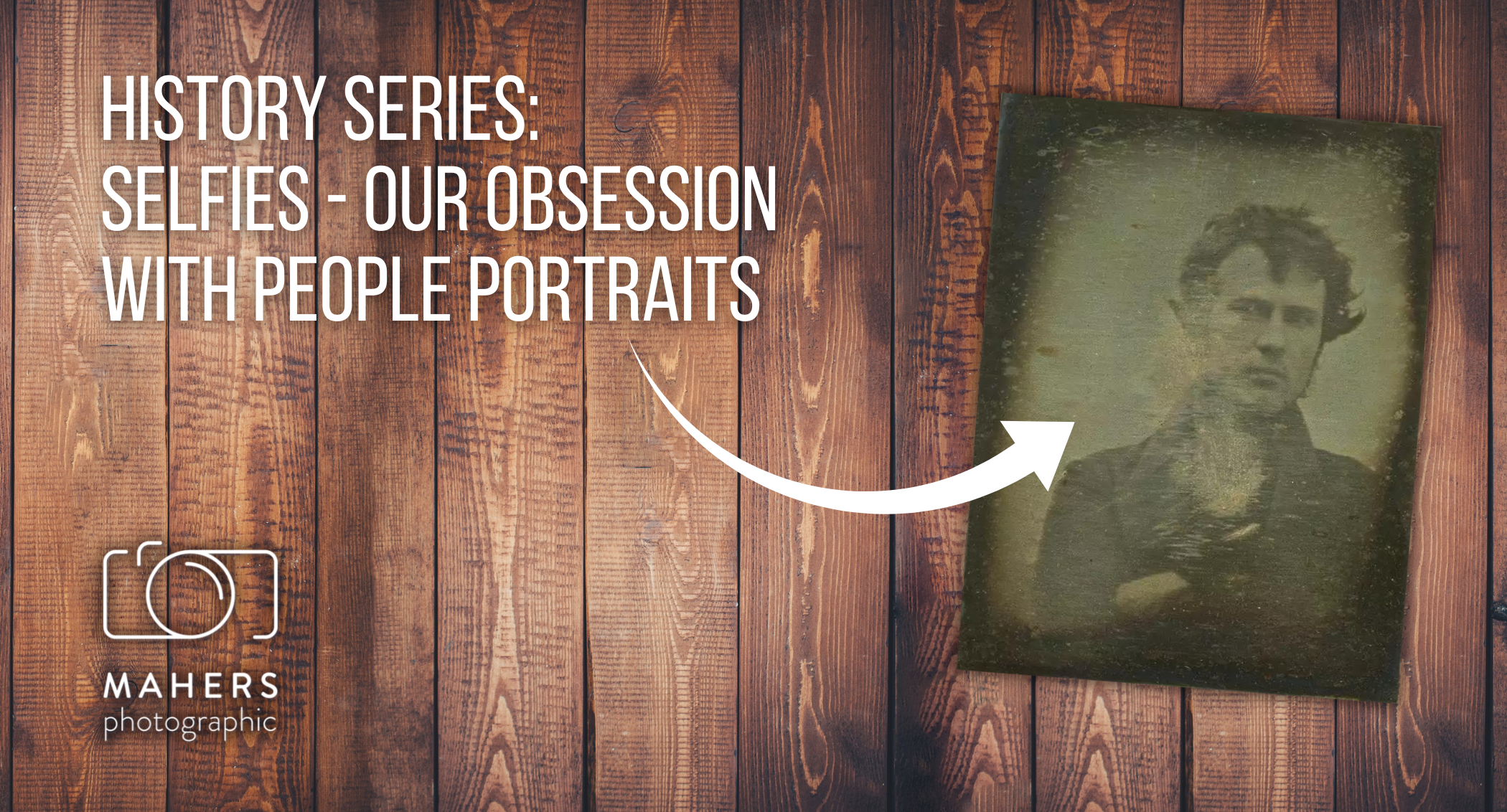When the Niépce/Daguerre findings were published by the French government in 1839, it was met with amazement and wonder from a general public that was hungry for new technology and ways of seeing the world.
Portraiture before this was largely the preserve of the well-off and well-known only. Getting one’s portrait painted was a time consuming and expensive process, entailing numerous sittings, and a long production time. A portrait meant you were someone of importance and standing in society. The advent of photography - and with it portrait photography - meant that getting a permanent keepsake of your likeness at one moment in time became much more accessible and possible.
The rapid development of photography was set against a backdrop of rapid progress in the western world, with the Industrial Revolution, massive urban building projects, expansion of railways, advances in postal and printing technology worldwide. This gave rise to huge societal upheaval. The new rising middle class with its new found wealth began making themselves heard in the world of politics, media and business, and innovation, particularly by investing money and attention into the new technology of photography. More disposable income, more leisure time, and a new interest in home and family gave them the chance to explore this new medium, using it as a way to immortalise and celebrate their new status in life.
The earliest known selfie is the simply-titled ‘Robert Cornelius: Self Portrait’. Taken by an American lamp-maker and photography enthusiast, this is a head and shoulders self portrait with an off-the-cuff feel. The subject was clearly not ready for a portrait, nor did he seem sure that his experiment would work, peering uncertainly at the camera. The photo was taken in October 1839, around 2 months after the announcement of Daguerre’s invention. While portraiture photography took a little longer to take off due to the long exposure time, it quickly grew in popularity along with the reduction in exposure times, and the increasing mobility and accessibility of cameras.

Today, selfies are part of everyday life, and anyone under the age of 40 knows their most flattering angle, and seeks out the best backdrops and lighting to enhance their portrait. The human obsession with portraying our likenesses has not abated through the years.

